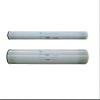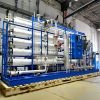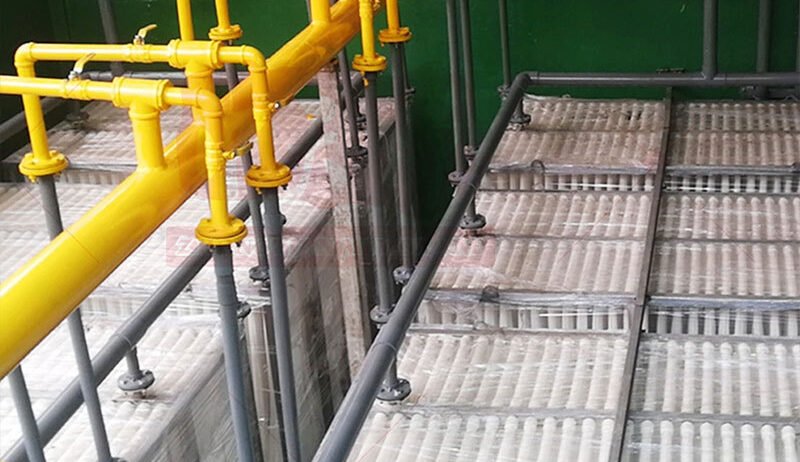Reverse osmosis (RO) is a water purification process that utilizes a semi-permeable membrane to remove impurities and contaminants from water. The heart of this process is the reverse osmosis membrane, a thin film that allows water molecules to pass through while blocking larger particles, ions, and molecules.
The reverse osmosis membrane works through a combination of physical and chemical processes. As water is forced through the membrane under pressure, it undergoes a process called desalination, where dissolved salts and minerals are separated from the water. The membrane’s microscopic pores effectively filter out impurities, including bacteria, viruses, heavy metals, and other pollutants.
One of the key benefits of reverse osmosis membranes is their ability to provide clean and safe drinking water. The process removes up to 99% of contaminants, ensuring that the water you consume is free from harmful substances. RO membranes are also used in various industries, such as pharmaceuticals, electronics, and food processing, where high-purity water is essential for manufacturing processes.
Another advantage of reverse osmosis membranes is their cost-effectiveness. While the initial installation may require an investment, the long-term savings on bottled water and the reduced need for maintenance make it a financially viable option. Additionally, RO membranes are environmentally friendly, as they eliminate the need for plastic bottles and reduce the carbon footprint associated with water transportation.
In conclusion, reverse osmosis membranes play a crucial role in water purification. Their ability to remove impurities, provide clean drinking water, and offer cost-effective solutions make them an ideal choice for both residential and industrial applications.

 MBR Membrane
MBR Membrane Reverse Osmosis Membrane
Reverse Osmosis Membrane Residential Ro Membrane
Residential Ro Membrane UF Membrane
UF Membrane Water Treatment Plant
Water Treatment Plant Residential Ro Machine
Residential Ro Machine Brackish Ro System
Brackish Ro System Sea water system/SW RO plant
Sea water system/SW RO plant Membrane Cleaning System(CIP)
Membrane Cleaning System(CIP) Consumables Accessories
Consumables Accessories

